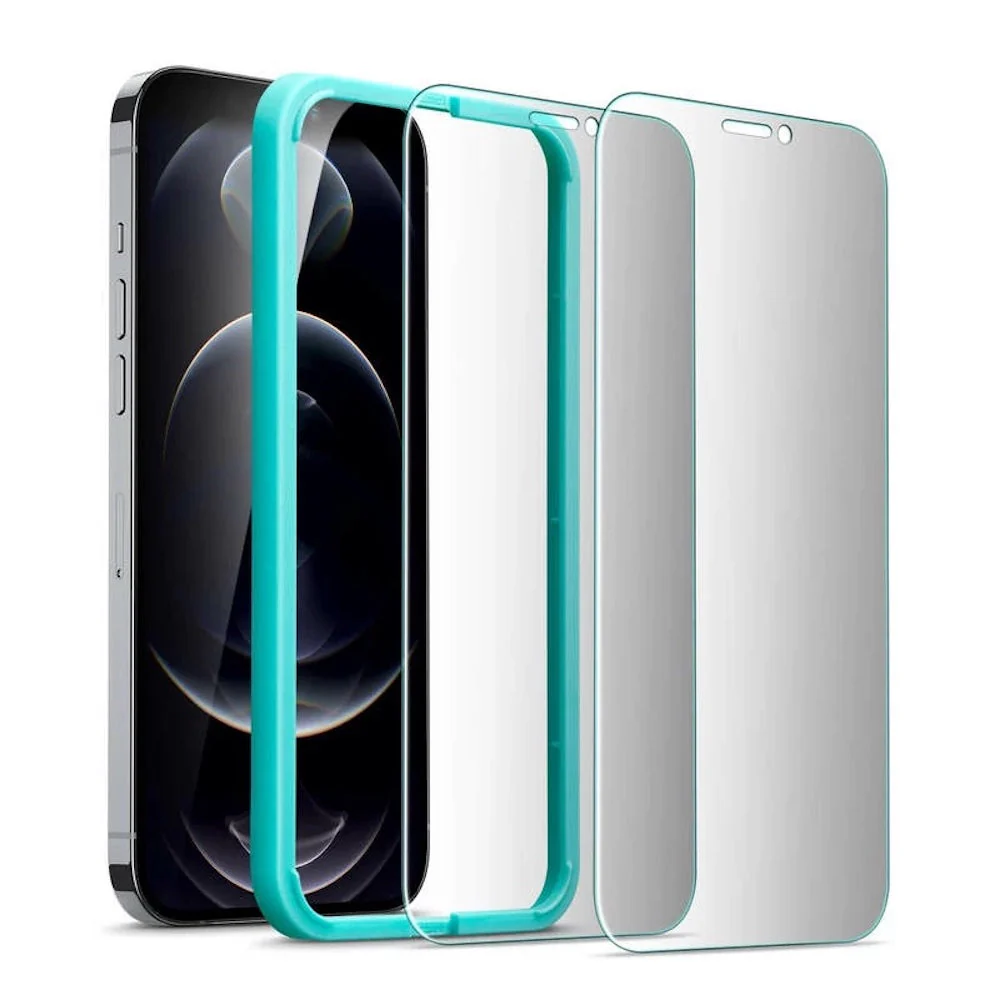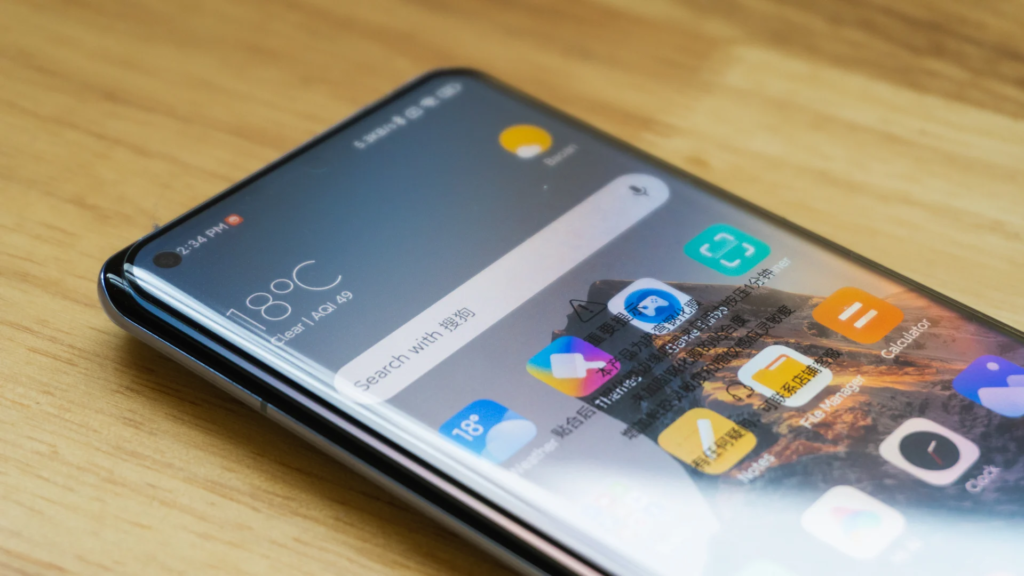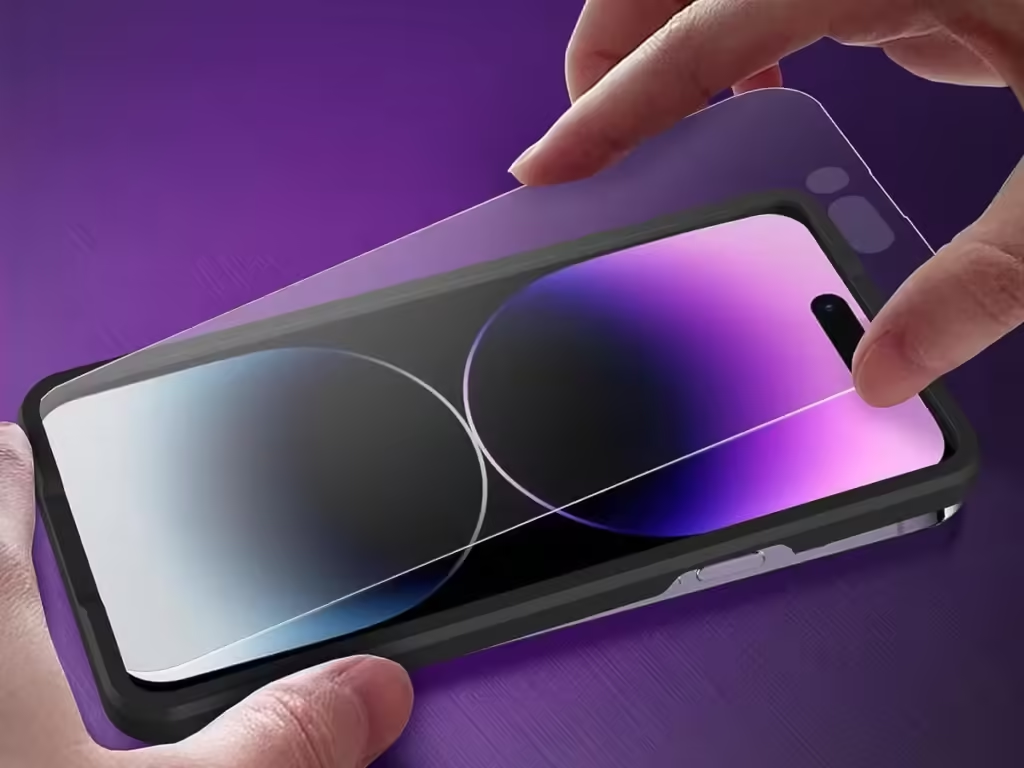For years, screen protectors have been seen as essential accessories for smartphones. Their main purpose was to safeguard the delicate glass displays from scratches and cracks. However, as technology has advanced, the need for screen protectors has diminished significantly. Let’s explore the reasons why screen protectors are no longer as necessary as they once were.
Advanced Glass Technology
Modern smartphones are equipped with cutting-edge glass technology that has revolutionized durability. Popular materials like Gorilla Glass and Ceramic Shield have set new benchmarks for scratch resistance and impact tolerance. These specialized materials are engineered to endure the rigors of everyday use, making them far superior to the glass used in earlier smartphones. The resilience of these materials means the screens are less prone to damage, even without additional protective layers.
Premium smartphones often feature high-grade glass that is both tough and aesthetically pleasing. The manufacturers design these materials to resist common scratches from objects like keys and coins. In most cases, the effort to scratch the screen unintentionally is minimal because these objects aren’t hard enough to damage advanced glass surfaces.

Moreover, the technology behind these toughened glasses keeps improving. Each generation of smartphones introduces displays that are more robust than before. This steady progress has made the need for screen protectors increasingly redundant, especially when purchasing a high-quality device.
Improved Drop Protection
In the early days of smartphones, displays were more fragile, and accidents often led to costly repairs. Screen protectors, alongside thick cases, were vital in ensuring the longevity of your device. However, modern smartphones boast significantly enhanced durability, including drop-resistant designs that were unheard of a decade ago.

Many contemporary smartphones feature military-grade durability. This means that the devices are tested to withstand drops from reasonable heights without sustaining significant damage. Advanced shock absorption and reinforced glass further reduce the risk of cracks. As a result, the durability of current smartphones makes them well-suited for everyday mishaps without requiring an additional screen protector.
The role of screen protectors in preventing drop damage is often overstated. Most screen protectors consist of thin plastic or glass layers that do little to cushion the impact of a fall. They are primarily designed to prevent minor scratches rather than serious damage from drops. Consequently, investing in a durable phone case with raised edges for added drop protection is a smarter choice than relying on a screen protector.
Better Display Clarity
A key drawback of using screen protectors is the impact they have on display clarity. These accessories often reduce the sharpness and vibrancy of your smartphone screen. Over time, scratches and scuffs on the protector itself can further degrade the viewing experience, creating a cloudy or dull appearance that detracts from the device’s visual appeal.
The advanced screens in modern smartphones are designed to deliver exceptional clarity, color accuracy, and brightness. Adding a screen protector can diminish these qualities, preventing users from fully enjoying the premium display capabilities. For example, watching videos, browsing photos, or gaming can feel less immersive with the added layer obstructing the screen’s natural brilliance.

Additionally, screen protectors can interfere with touch sensitivity, especially if they are of poor quality. Advanced smartphones rely on highly responsive touchscreens to deliver seamless user experiences, and a subpar protector can hinder this functionality. Without a screen protector, you can enjoy your phone’s true potential, free from visual or tactile obstructions.
Manufacturers’ Warranties and Repairs
Another significant reason screen protectors are becoming obsolete is the improved support provided by smartphone manufacturers. Many brands now offer comprehensive warranties that include screen repairs. Services like AppleCare+ or Samsung Care+ have made screen replacements more accessible and affordable, reducing the financial burden of accidental damage.
These repair programs give users peace of mind, knowing that any accidental screen damage can be addressed without excessive costs. With these services in place, the need for extra protective measures like screen protectors diminishes. Users can confidently rely on their manufacturer’s support to maintain their device in top condition.
Moreover, advancements in repair technology mean that cracked screens can be fixed more efficiently than ever before. Repairs are often quick and leave the device looking as good as new. This added convenience further lessens the necessity of applying screen protectors to avoid damage.
Conclusion
Screen protectors were once an essential accessory for protecting smartphone screens, but the landscape has changed dramatically. Thanks to advanced glass technology, improved drop protection, superior display clarity, and robust manufacturer warranties, screen protectors are no longer a must-have for most users. Today’s smartphones are designed to handle the demands of daily life without needing an additional layer of protection.
Instead of focusing on screen protectors, consider investing in a high-quality phone case to safeguard your device against corner and edge impacts. By doing so, you can enjoy the full performance and aesthetics of your smartphone without compromising its display. With these advancements, it’s clear that screen protectors have largely outlived their purpose, and modern devices are more than capable of thriving without them.






